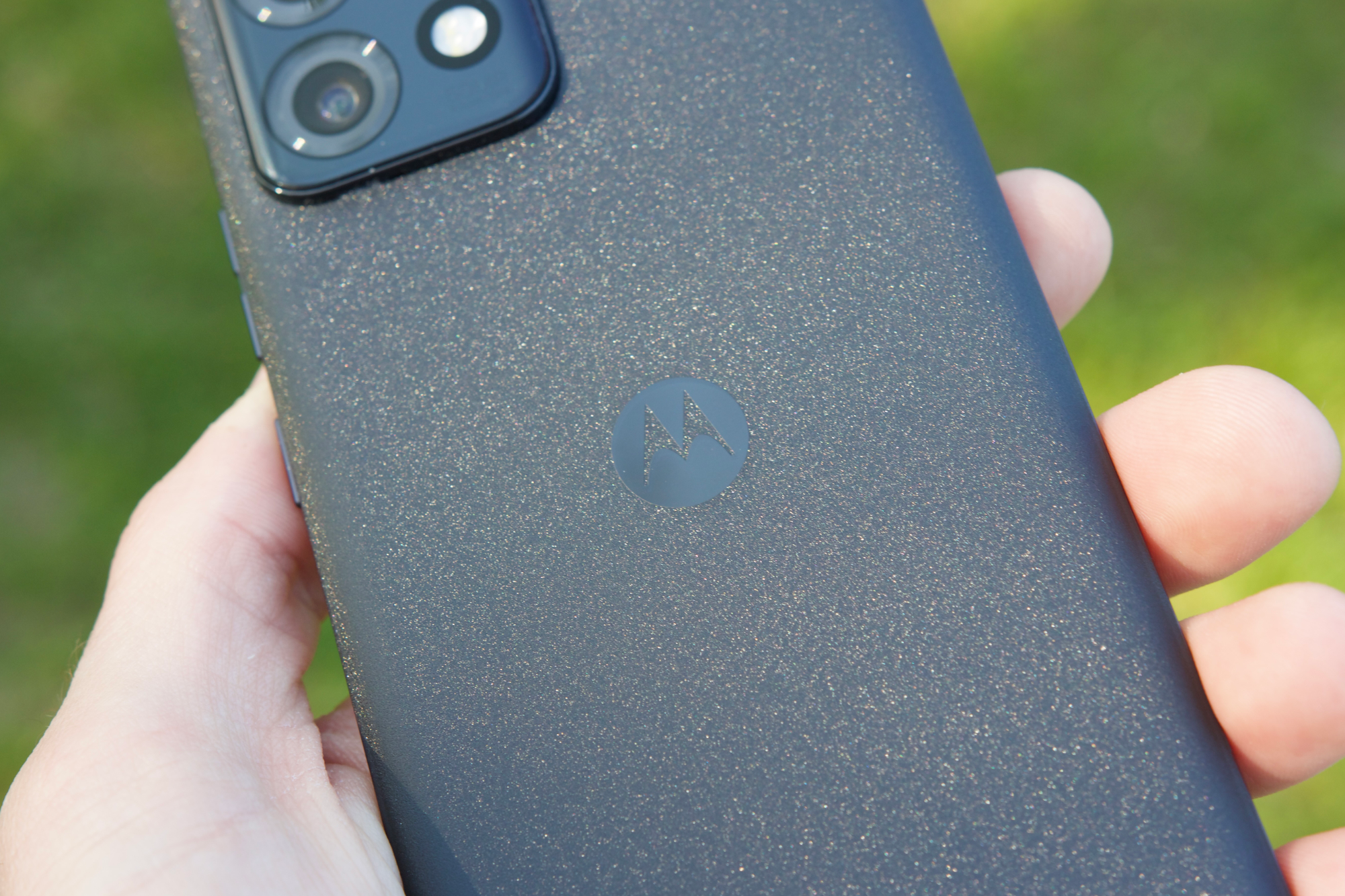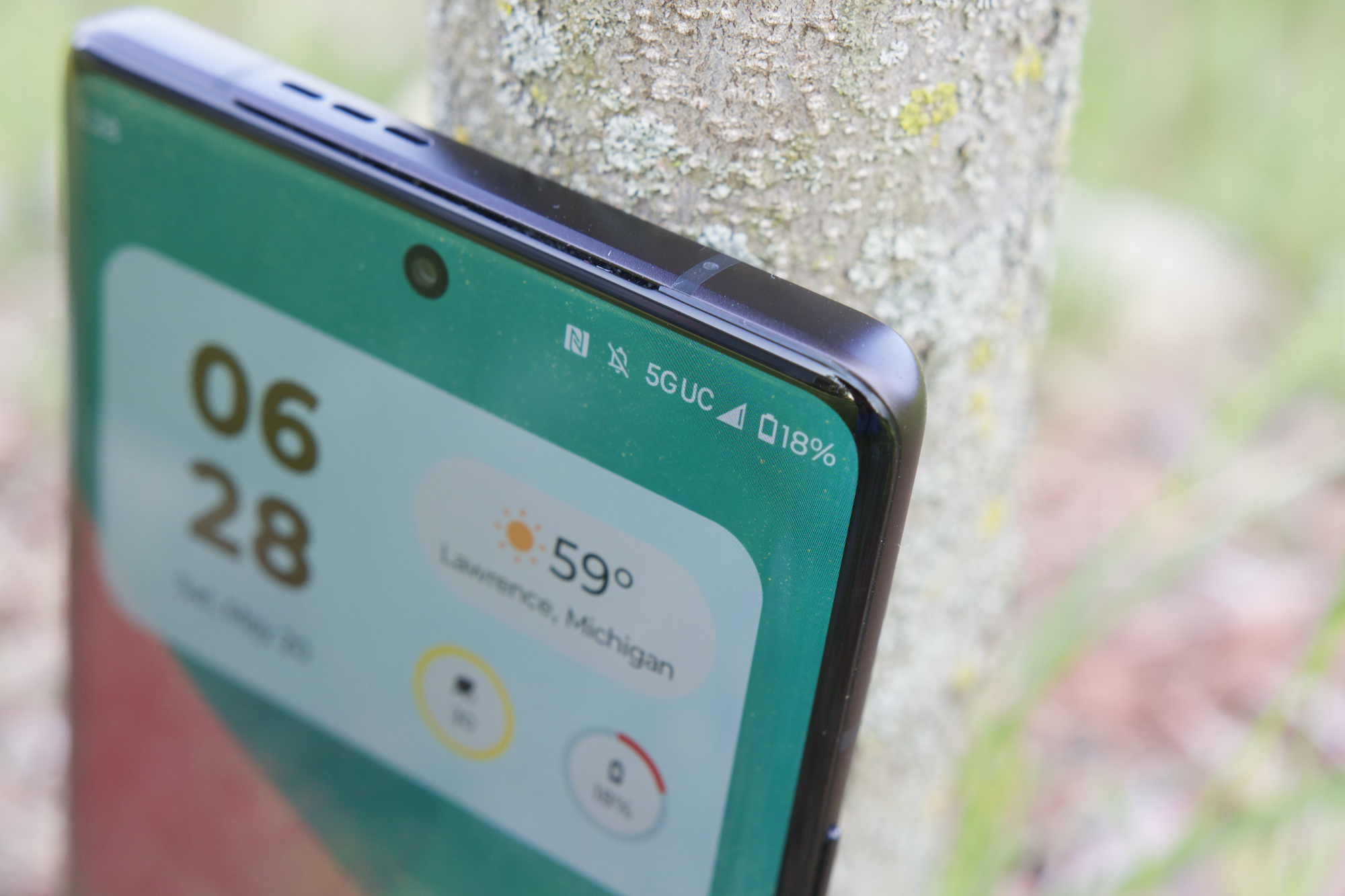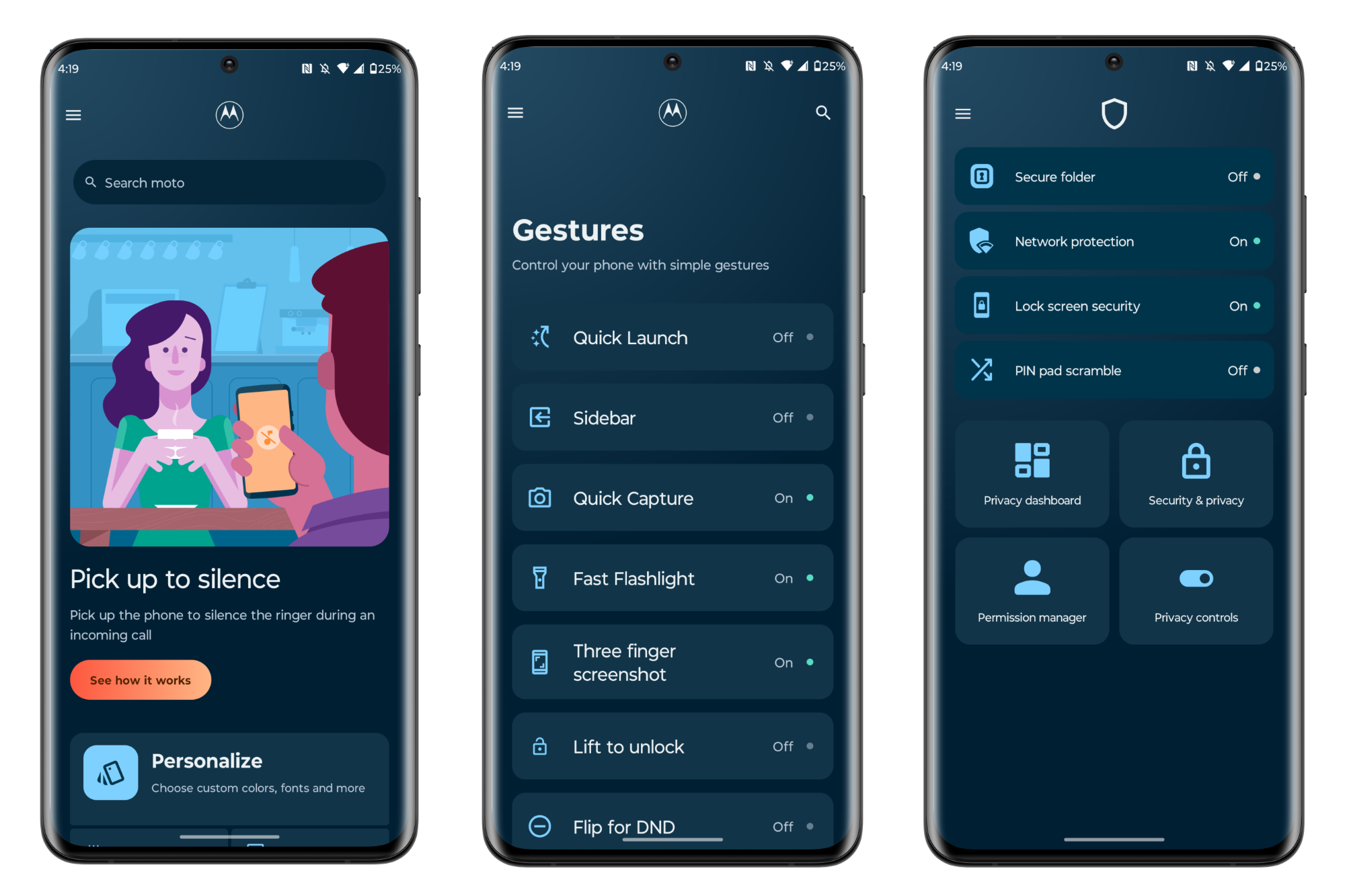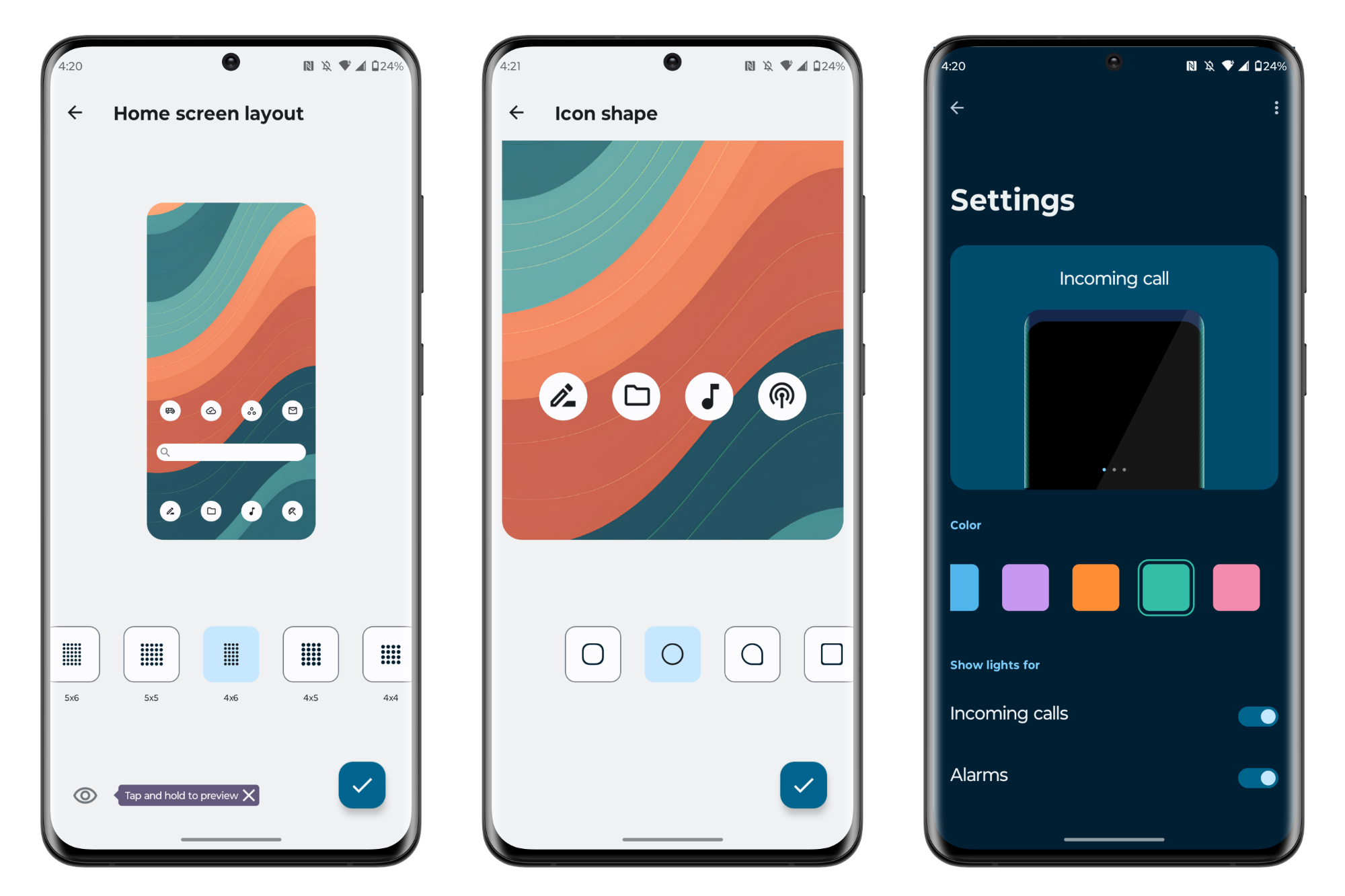Motorola Edge Plus (2023)
MSRP $799.99
“The Edge Plus (2023) is Motorola’s latest attempt at a flagship smartphone — and it’s easily the company’s best showing yet.”
Pros
- Premium, comfortable design
- Gorgeous OLED screen
- Two-day battery life
- 68-watt wired charging
- Motorola’s Android interface
- Good update policy
- Very competitive price
Cons
- Disappointing speakers
- No always-on display
- Limited telephoto camera
Motorola Edge Plus (2023). It may not be the most striking name you’ve ever heard, but it’s the one Motorola is hanging its hat on to get back in the flagship smartphone race. And while the branding could use a little work, the phone itself shows that Motorola absolutely still knows how to craft a compelling flagship.
The Motorola Edge Plus (2023) checks off every specification you could want in a modern Android smartphone. There’s Qualcomm’s latest processor, a giant battery with fast charging, a triple-camera system, and a large display with a fast refresh rate. Throw all of that together in a slick chassis, slap on a price of $800, and it doesn’t take long to see why Motorola thinks it has a winner on its hands. But does it really? Yeah — it really does.
Motorola Edge Plus (2023): design
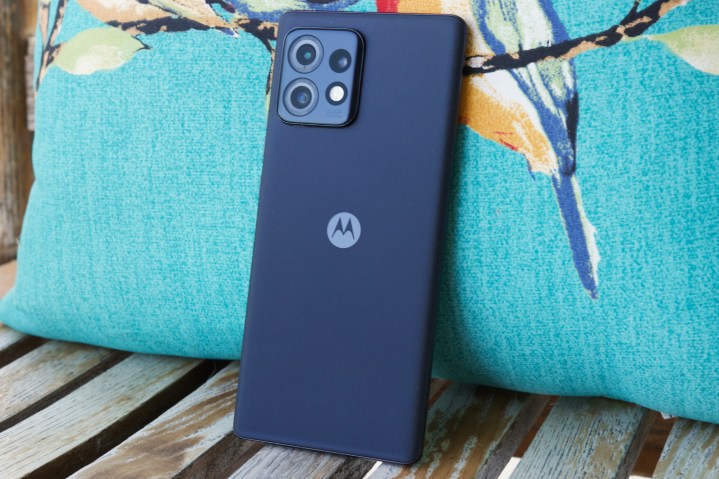
At first glance, the Motorola Edge Plus (2023) looks good — albeit a tad boring. The front of the phone is dominated by a large 6.7-inch curved display, the back has a subtle frosted finish that glimmers in the light, the camera bump isn’t unreasonably big, and it comes in any color you want — so long as it’s black.
I’ll be the first to admit that the Edge Plus (2023) isn’t the most eye-catching smartphone to come out this year, but hold it in your hand, and it becomes a lot more impressive.
The glass back is more slippery than I’d like, but the velvety finish Motorola gives it feels great, and it attracts virtually zero fingerprints. Also excellent is the weight. At just 203 grams, the Edge Plus is significantly lighter than the Samsung Galaxy S23 Ultra and iPhone 14 Pro Max — which weigh in at 234g and 240g, respectively.
The Motorola Edge Plus (2023) feels outstanding.
And, of course, there are the curves. After ditching the curved display on the Edge Plus (2022) last year, the Edge Plus (2023) curves all four corners of the phone on the back and front. It’s a decision that I know some people will hate, but it’s one that’s really grown on me. The curves — combined with the smooth back and lightweight body — make the Motorola Edge Plus (2023) feel outstanding to hold.
On the top and bottom frames of the Edge Plus are two external stereo speakers, and combined with Dolby Atmos support, they should provide a killer audio experience. Unfortunately, I’ve found the Edge Plus’s audio to be disappointing. The phone gets extremely loud, but the audio is tinny and lacks any real depth to it. The speakers aren’t horrible, but I definitely expected something more.
Lastly, there’s an important design change you can’t see. After disappointing with a measly IP52 water-resistance rating on last year’s Edge Plus, the 2023 model delivers a proper IP68 rating — meaning the phone is dust-tight and can survive water submersion in up to 1.5 meters of water for up to 30 minutes.
Motorola Edge Plus (2023): display and performance
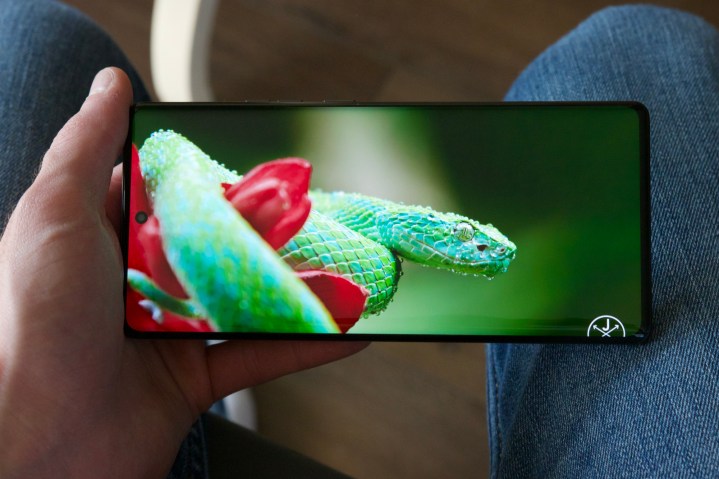
The curves on the front of the Motorola Edge Plus (2023) surround a 6.7-inch pOLED display. It has a 2400 x 1080 resolution, HDR10+, and a 165Hz refresh rate, and it’s protected by Gorilla Glass Victus. In other words, it looks beautiful.
It’s difficult to find an outright bad display on any modern smartphone these days, but the one on the Edge Plus (2023) looks especially lovely. Part of this is due to the 165Hz refresh rate, which blows past the 90Hz and 120Hz standards we’ve come to expect on most smartphones. You can force the full 165Hz to run at all times, but when keeping the phone in Auto mode that uses “smart optimization up to 120Hz,” I’ve never experienced any slowdowns or choppy scrolling. It looks outstanding.
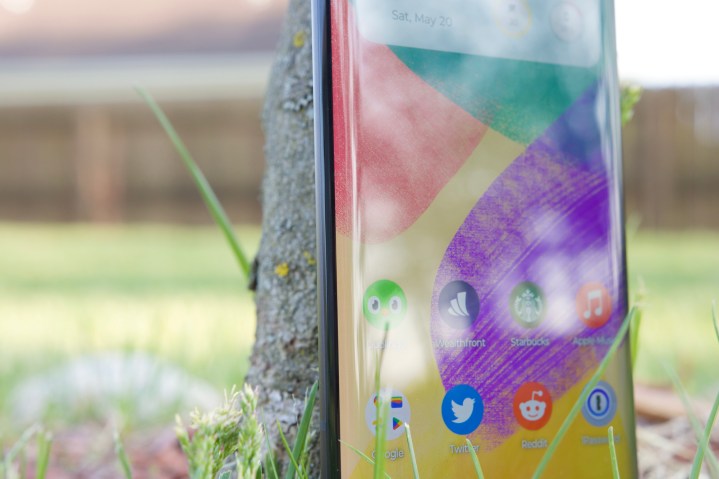
I’ve also found myself enjoying the curves more than I anticipated. In addition to making the Edge Plus (2023) comfortable to hold, they also make it look like the screen has zero bezels; instead, everything just seamlessly flows over the edges. It’s a subtle effect, but it’s one I find myself missing each time I go back to my iPhone 14 Pro.
I have encountered a handful of instances where my palms touching the curved edge resulted in some funkiness with the touchscreen, but more often than not, the Edge Plus has done a good job rejecting unwanted inputs.
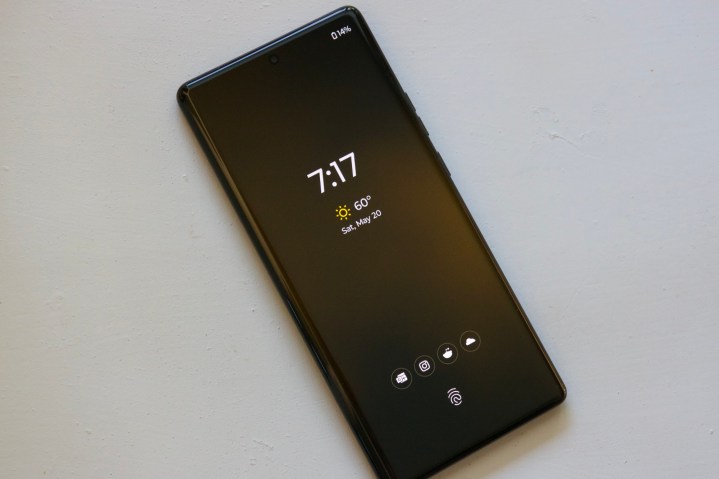
I have just one complaint about the Edge Plus’s display, and it’s that there’s no always-on display (AOD) functionality. Motorola’s Peek Display feature briefly lights up the screen when you touch it, move the phone, or when new notifications come in — showing the time, weather, date, and notification icons (which you can touch to see more info or take quick actions on). It’s great! But not having an option for any AOD feature on a flagship phone in 2023 feels very out of place.
The display on the Edge Plus is lovely.
As for performance, the Motorola Edge Plus (2023) has Qualcomm’s Snapdragon 8 Gen 2 chip — the same one that powers many of the best Android phones released this year. Paired with 8GB of LPDDR5X RAM, it shouldn’t come as any surprise that the Edge Plus is fast. Whether I’m scrolling through Twitter, getting turn-by-turn directions on Google Maps, or playing too many rounds of Marvel Snap, the Edge Plus (2023) never skips a beat.
Also important is that it offers this blazing performance without ever getting too warm to the touch. Good thermal management has been a strong suit of the Snapdragon 8 Gen 2, and that’s no different here.
Lastly on the performance side of things, I’ve not had any issues with the in-screen fingerprint sensor on the Edge Plus. It was quick to set up, has never had a problem reading my fingerprint correctly, and unlocks the phone as fast as I could ask for.
Motorola Edge Plus (2023): cameras
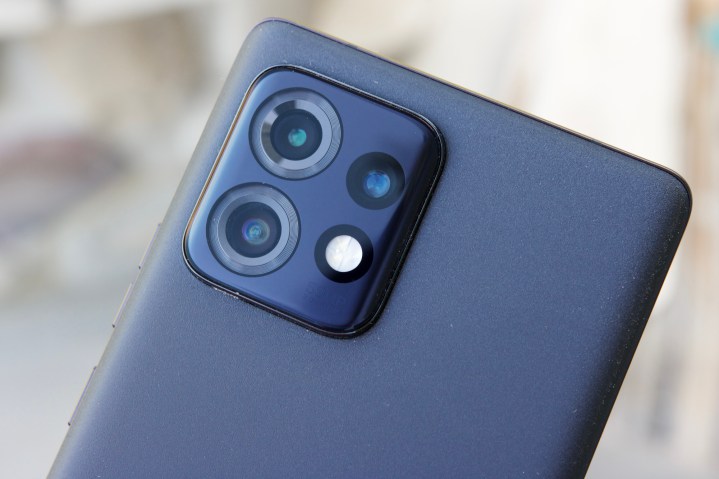
Motorola phones have never been well-known for their great camera systems, despite years and years of Motorola trying to change that narrative. For the Edge Plus (2023), we have a 50-megapixel main camera with a 1/1.5-inch sensor and an f/1.8 aperture. It also has optical image stabilization.
The main camera is joined by another 50MP ultrawide sensor with a 114-degree field-of-view, and it’s also used for macro photos. Also present is a 12MP telephoto camera with 2x optical zoom, plus a 60MP selfie camera.
In short, the camera system here is good — even if it’s nothing particularly exciting or groundbreaking.
Photos taken with the 50MP main camera have been consistently solid. Motorola tends to punch up the colors to be more vibrant than what a scene looked like in real life, but it’s not overkill, like on the Samsung Galaxy A54.
Details look good, the 50MP sensor often creates a natural bokeh effect, and I’ve been happy with how the Edge Plus handles overcast skies or bright windows in the background. It often reins in these harsh light sources in a very pleasing manner — even better than what I typically see from my iPhone 14 Pro.
What about nighttime photos? They look fine. The Edge Plus (2023) does a good job of really brightening a scene so you can see your subject, but it does so at the expense of introducing a lot of noise and crushing fine details. It works, though it’s nothing impressive.
- 1.
Main camera - 2.
Ultrawide camera
The 50MP ultrawide camera also does a decent job, though I’ve noticed it really increases the saturation when compared side by side with photos from the main camera. The first photo above was taken with the main camera, while the second was captured with the ultrawide one. Look at them both, and you’ll quickly see that the sky is much bluer, and the trees are much greener, in the ultrawide camera’s shot.
- 1.
Main camera - 2.
Ultrawide camera
Something similar happens with the second set of photos of the pond at sunset. The ultrawide photo on the right gives the sky a bluer tint, in addition to upping the green color of the grass. It’s not at all realistic, but for an ultrawide camera — which is supposed to make things look intense and exaggerated — I like it.
The ultrawide camera is also used for the Edge Plus’s macro photos, which look shockingly great. Focusing on subjects is easy, the detail you get in the images is excellent, and I appreciate Motorola baking this functionality into the ultrawide camera — rather than slapping on a dedicated (and useless) 2MP macro camera like it often does.
In doing so, the third camera on the Edge Plus gets to be a telephoto one — though its usefulness is a bit limited. Similar to the OnePlus 11, Motorola markets the Edge Plus’s telephoto camera as a “portrait” one with a paltry 2x zoom. Portrait photos from it look good, but when trying to use it as a proper zoom to get a closer view of a subject leaves a lot to be desired. You can digital zoom all the way up to 16x if you want, but even at 5x, photo quality deteriorates very quickly.
Finally, a quick note on the 60MP selfie camera. It’s … not great. Despite the high megapixel count, details are very soft in images, and even after turning off the default Face Beauty mode, my skin still looks much smoother than it should. It gets the job done in a pinch, but it’s nothing special.
Motorola Edge Plus (2023): battery and charging

Keeping the Motorola Edge Plus (2023) alive is a 5,100mAh battery. That’s an impressive number on paper, and it’s even more so in day-to-day use. In my testing, the Edge Plus delivers one of the best smartphone battery experiences of 2023.
I began one day with 100% battery at 7:40 a.m. Throughout that day, I spent about 45 minutes on Twitter, played over 30 minutes of Marvel Snap, used turn-by-turn directions on Google Maps for 20 minutes, and did a variety of other things. I racked up 3 hours and 48 minutes of screen time once all was said and done, and at 11:49 p.m. that night, there was still 52% battery remaining.
The Edge Plus delivers one of the best smartphone battery experiences of 2023.
It wasn’t until 6:20 p.m. the following day that I finally drained the battery to 4%, and that was with 7 hours and 38 minutes of total screen time — including more gaming, streaming YouTube TV, lots of TikTok scrolling, and more. This is easily a two-day smartphone, even with moderate-to-heavy use. If you spend less time on your phone throughout the day, it’s very likely you could get through two-and-a-half days on a single charge.
When you do finally need to recharge, the Motorola Edge Plus (2023) is well-prepared. The phone supports 68-watt wired charging, and unlike most phones today, you get a 68W charger right in the box. Expect the Edge Plus to get around a 45% charge in just 15 minutes, and going from zero to 100% takes a little under an hour. That’s not quite as fast as the 80W charging you get on the OnePlus 11, but it is substantially faster than the 25W and 23W speeds offered on the Galaxy S23 and Google Pixel 7 Pro, respectively.
Furthermore, the Motorola Edge Plus (2023) also supports 15W wireless charging and 5W wireless power-sharing.
Motorola Edge Plus (2023): software and updates
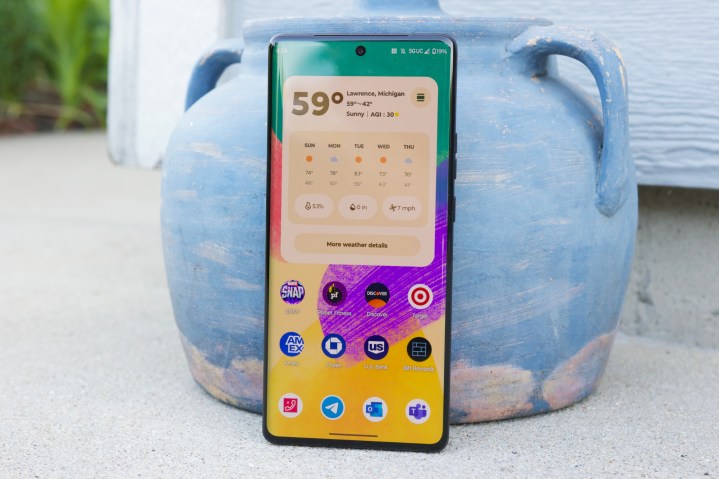
The Motorola Edge Plus (2023) ships with Android 13. The user interface is virtually identical to what you’d find on a Google Pixel, and that works out to Motorola’s advantage.
The software is smooth, responsive, easy to navigate, and isn’t burdened with unwanted features or settings. I did find a handful of preinstalled apps (Facebook, Publishers Clearing House, a word game called Words of Wonders, and a caller ID app called CallApp), but it only took a few seconds to delete all of them.
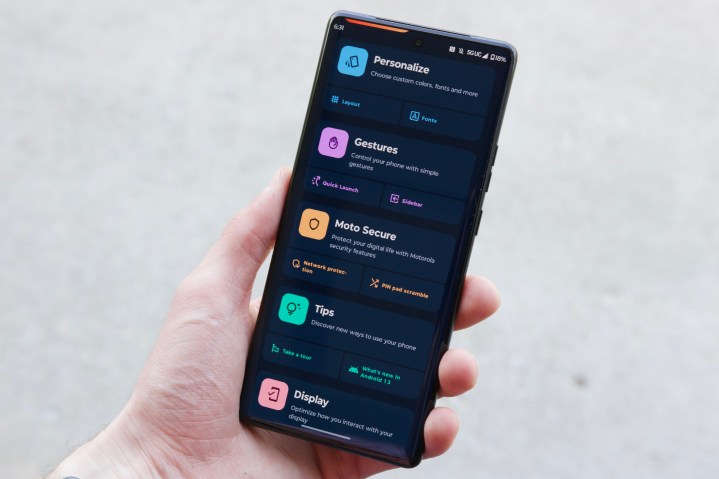
The biggest addition from Motorola is the Moto app, which offers shortcuts to your customization tools, gestures, and display settings, as well as a security hub. The app is really well-designed, and in typical Moto fashion, everything that has been added on top of stock Android is legitimately useful.
Take, for example, the gestures. Chopping the phone up and down enables the flashlight, while quickly twisting it opens the camera app. These are gestures that have been on Motorola phones since the 2013 Moto X, but they remain among the most intuitive on a phone today.
Motorola’s customization tools are also rather robust. You get a very slick UI to change your wallpaper, accent color, icon shape, fingerprint sensor animation, and more. Some of the security features are also really handy, like being able to scramble the order of your lock screen PIN each time you unlock your phone.
Among all of the Android phones I’ve used over the years, Motorola’s take on Android remains one of my favorites. It’s fast, reliable, and keeps the same great aesthetics you get on a Google Pixel. It also smartly combines that with little tweaks that make it better — and they’re just as easy to ignore if you want nothing to do with them. I can put up with One UI on a Samsung phone or OxygenOS on a OnePlus device, but I’d absolutely choose Motorola’s software over any of them, any day of the week.

High praise for Motorola software usually comes with a caveat that the update policy is bad — but amazingly, that’s not the case here. Motorola promises three years of major OS upgrades for the Edge Plus (2023), in addition to four years of security updates.
That’s a year less than what Samsung promises for its smartphones, but it matches the same commitment to OS upgrades that Google has for its Pixel phones. I’ve long harped on Motorola for poor update policies for its phones, and it’s nice to see meaningful change being made.
Motorola Edge Plus (2023): price and availability

The Motorola Edge Plus (2023) is available for purchase right now — unlocked for use on all carriers — through Amazon, Best Buy, and Motorola’s website. Later on in the year, the phone will also be headed to T-Mobile and AT&T.
As mentioned at the top of the review, the Motorola Edge Plus (2023) costs $800. There’s only one version available in the U.S., and it comes with 8GB RAM and 512GB of storage.
Motorola did a great job with the Edge Plus’ pricing, and that’s made clear the second you start comparing it to other Android phones. The 256GB version of the OnePlus 11 (the most storage you can get for the phone) also costs $799. The Pixel 7 Pro starts at $899 for 128GB, and if you want the full 512GB variant, you’ll end up spending $1,099. And remember — the Edge Plus (2023) also comes with a 68W charger included in the box. If you’re shopping for a flagship Android phone in the U.S., this is one of the best values you’ll find.
Motorola Edge Plus (2023): verdict
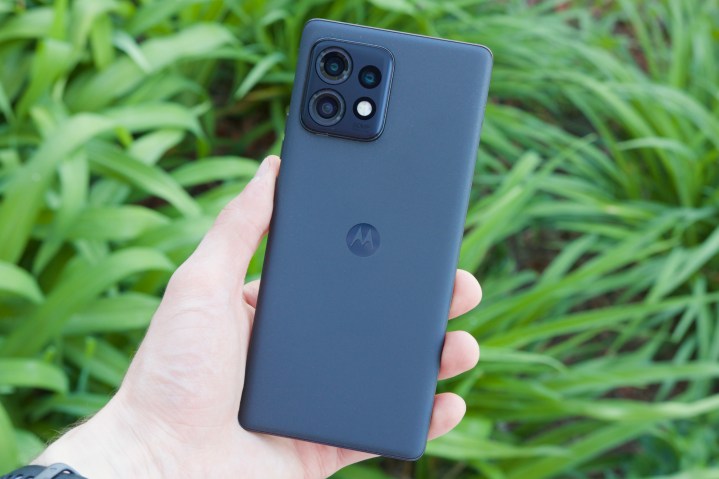
There’s no doubt that the Motorola Edge Plus (2023) is one of the best Motorola smartphones in years — if not the best. Motorola’s been trying to crawl back into the flagship race since it launched the first Edge Plus in 2020, and while that first model was a good phone for the time, all attempts to follow it up have felt misguided in different ways.
The Edge Plus (2023) is the first flagship Motorola phone in a long time that I’m eager to recommend to people.
The Edge Plus (2023) is the best Motorola smartphone in years.
Just about everything I want in a high-end Android phone is here. The Edge Plus looks and fees great, the display is outstanding, performance is rock-solid, the software is organized and helpful, battery life is phenomenal, and it doesn’t take too long to get the phone back to 100% when it does eventually die. The best part? You get all of that for hundreds of dollars less than similar phones from Google and Samsung.
If you’re in the market for a high-end Android phone and want to spend under $1,000, I really think this is one of the best options you have in 2023. The battery life and performance are better than on the Pixel 7 Pro, the software is vastly superior to the OnePlus 11’s, and the value proposition is way stronger than the Galaxy S23 Plus. There’s certainly still a market for those other phones, but the Motorola Edge Plus (2023) is a worthy alternative to them — and a pretty damn good one at that.
Editors’ Recommendations

